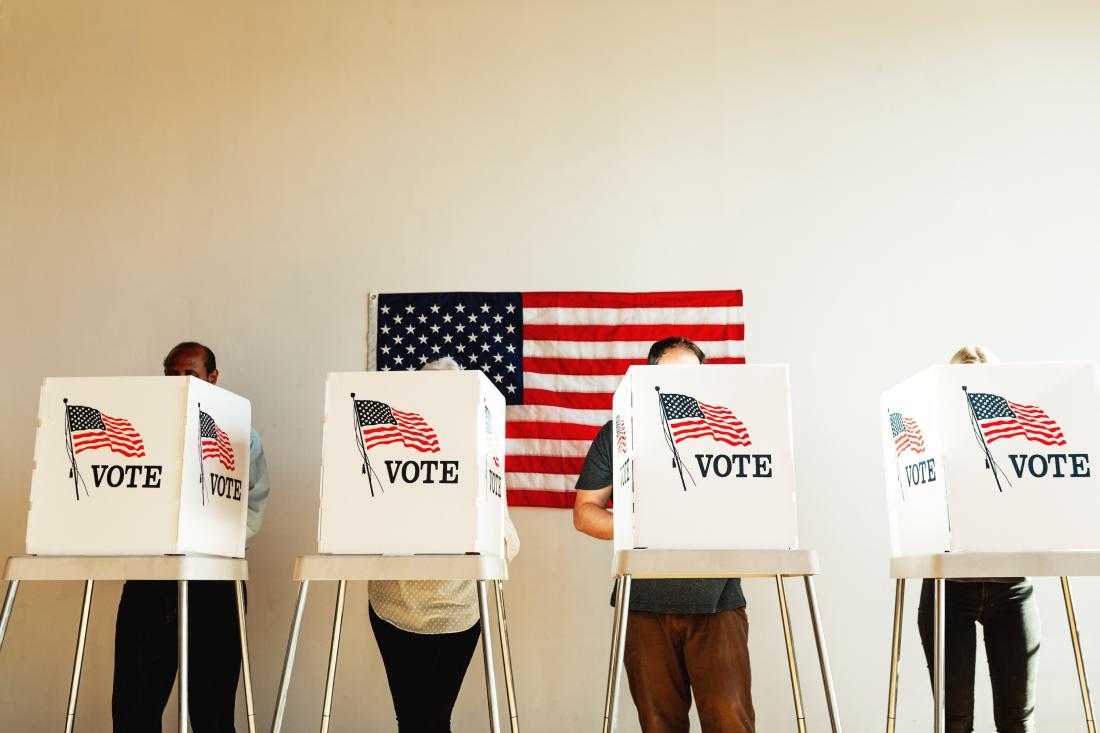The Effectiveness of Encouraging Voter Participation by Inducing Feelings of Pride or Shame
- Voters
- Electoral participation
- Voter Behavior
- Nudges and reminders
Previous research found that voter turnout increased significantly when people received mailings indicating whether they voted in the previous election. Researchers extended this line of inquiry by evaluating whether disclosure of past participation had a stronger impact on turnout when it reminded voters of instances in which they previously voted or of instances in which they failed to vote. The results suggest that mailings disclosing past voting behavior had strong positive effects on voter turnout, and that these effects were stronger when voters were told of a recent election in which they failed to vote.
Policy issue
Publicizing a person’s behavior—or threatening to do so—is one of the most powerful forms of social pressure. When people expect their behavior to be made public, they become much more likely to abide by existing social norms. In an earlier evaluation, researchers investigated whether applying social pressure could affect voter turnout. The results indicate that mailing voters a record of their previous voting history was an effective way to increase voting turnout. This increased turnout may have been driven by feelings of pride in past civic participation or shame about previous lack of participation. In this study, researchers build on their previous work by evaluating whether disclosure of past participation had a stronger impact on turnout when it reminded voters of instances in which they previously voted or of instances in which they failed to vote.
Context of the evaluation
US federal and state elections often occur in even-numbered years, while local elections and initiatives often occur in odd-numbered “off years.” This study was conducted in the US state of Michigan in the run-up to the off-year elections of November 2007. Overall, 224 municipalities in Michigan were holding elections at that time. In some cases, municipalities had numerous candidates and initiatives on the ballot, while in others there were small-scale contests such as school board races or lone ballot initiatives. For instance, the City of Kalamazoo conducted an election for City Commissioner, in which fifteen candidates were running for seven spots, while the City of Parchment held only an unopposed City Commissioner race.

Details of the intervention
Researchers randomly assigned 369,211 voters who had participated in one of the two last elections to one of three intervention groups, or the comparison group. Each household assigned to one of the three intervention groups received one of three different types of mailers. Common to each mailer was the message “DO YOUR CIVIC DUTY—VOTE.” Households in the first intervention group received a mailer simply reminding them about their rights and responsibilities as citizens. The other two intervention groups received mailers that reminded recipients that the list of who votes is public record and presented additional information about the recipient’s past voting behavior. In one intervention group, individuals received a mailing showing a recent election in which they did not vote. In the other intervention group, individuals were shown an election in which they had cast a ballot. Both mailers that reported voting behavior also included the message “we will note whether you vote or not.” In summary, voters had four possible things they could see: no mail at all, a mailing urging them to do their civic duty, a mailing highlighting a recent election they had failed to vote in, or a mailing highlighting a recent election they had voted in.
Results and policy lessons
Voter turnout among households who received the simple “civic duty” mailer was 1.7 percentage points higher, relative to the average turnout among comparison group households of 22.5 percent. Those who received mailings emphasizing their past participation in voting were 4.1 percentage points (18 percent) more likely to vote than those in the comparison group. The greatest effect was for those who received a mailing emphasizing a past failure to vote—households in this intervention group were 6.4 percentage points (28 percent) more likely to vote than households in the comparison group. Overall, the findings suggest that social pressure from receiving any kind of information about past turnout led to a 23 percent increase in the number of votes cast. Showing voters their past failures to vote led to 28 percent additional votes, whereas showing past participation generated 18 percent more votes. This pattern of results not only speaks to which tactic was a more effective form of social pressure, but also tells us that voters paid attention to the mailer and the content of the information as to how they voted, rather than just the fact that they were being monitored.

